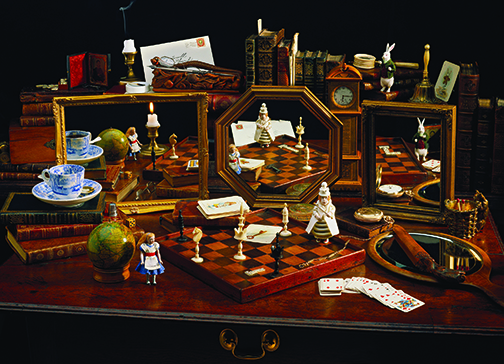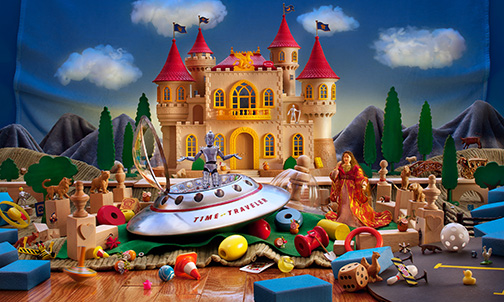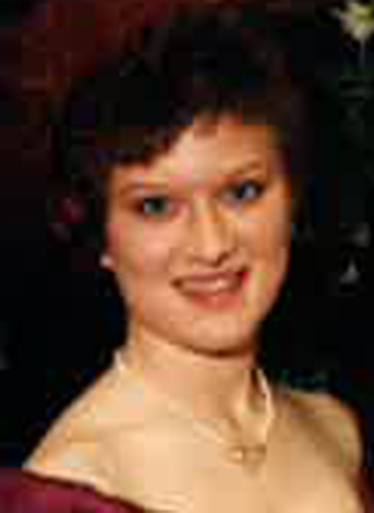We’ve heard it a hundred times, my daughter and I; “you look so much alike!” People will point at one face, then to the other, and back again as if waving a magic wand and conjuring a clone. When alone, we hear – respectively – “You must be Lisa’s daughter.” “You’re Lydia’s mom, aren’t you?”
Lydia and I, ironically, can’t see what others see. It doesn’t matter if we stand together in front of a mirror or look at photos – we can’t see it. It’s as if we’re living an optical illusion.
The Woodson Art Museum galleries are filled with optical tricks, visual riddles, and puzzles masterfully created by photographic illustrator Walter Wick – The New York Times bestselling author adored by fans of the I SPY series created in partnership with Jean Marzollo. Toys, doodads, and gizmos are obscured or hidden in photographic illustrations; the reader is invited – through imaginative rhymes – to find lists of objects. The books are informed by Wick’s fascination with creating optical illusions through mirror reflections, lighting tricks, and meticulous attention to detail.
Squeals of delight and discovery can be heard in the galleries. If you watch visitors as they follow prompts and clues found in gallery labels and books, you will see much pointing – à la the aforementioned magic wand – as tricks are revealed. There is something contagious about solving a puzzle; in sharing the solution and desiring another challenge.
Wick images, however, contain far more than seek-and-find challenges. Locating listed objects is just the first layer. Astute viewers also will stumble upon “impossible” shadows and reflections cast from outside the frame. Lewis Carroll enthusiasts will delight in the references and  sequencing woven into O Frabjous Mirrors. Find the gladiator in Alphabet Maze; he’s perched atop the wooden block emblazoned with a lion. A cursory glance might give the impression that Wick randomly assembled and placed objects. Yet I find myself describing Wick’s attention to detail as “acutely intentional.”
sequencing woven into O Frabjous Mirrors. Find the gladiator in Alphabet Maze; he’s perched atop the wooden block emblazoned with a lion. A cursory glance might give the impression that Wick randomly assembled and placed objects. Yet I find myself describing Wick’s attention to detail as “acutely intentional.”
The Can You See What I See? series – photographed and written by Wick – reveals more of his imaginative genius. Fairy-tale scenes are enhanced with references to Italian masters Raphael, Rembrandt, Caravaggio, and Carpaccio. Can You See What I See? Out of This World is a lovely  statement about floor games and gender roles. Similarly, the intricacies of Treasure Ship must be viewed to share and appreciate the sentiment, “Can you see what I see?”
statement about floor games and gender roles. Similarly, the intricacies of Treasure Ship must be viewed to share and appreciate the sentiment, “Can you see what I see?”
In January, my daughter attended her first formal dance. I took the requisite dozens of photos. I tend to have unreliable vision, so I chalked up the unease I felt – glancing at the digital image on my phone – to poor vision. Then the printed photos arrived. Again, I had the strangest mix of pride and disbelief wash over me as I struggled with the images on the paper. Clearly, it wasn’t a digital trick or pixelation. I could see “me” in my daughter, now a young adult.
Visit the always free Woodson Art Museum and see if you can see what I see. Bring a neighbor, friend, or family member . . . look-alikes are welcome, too.






